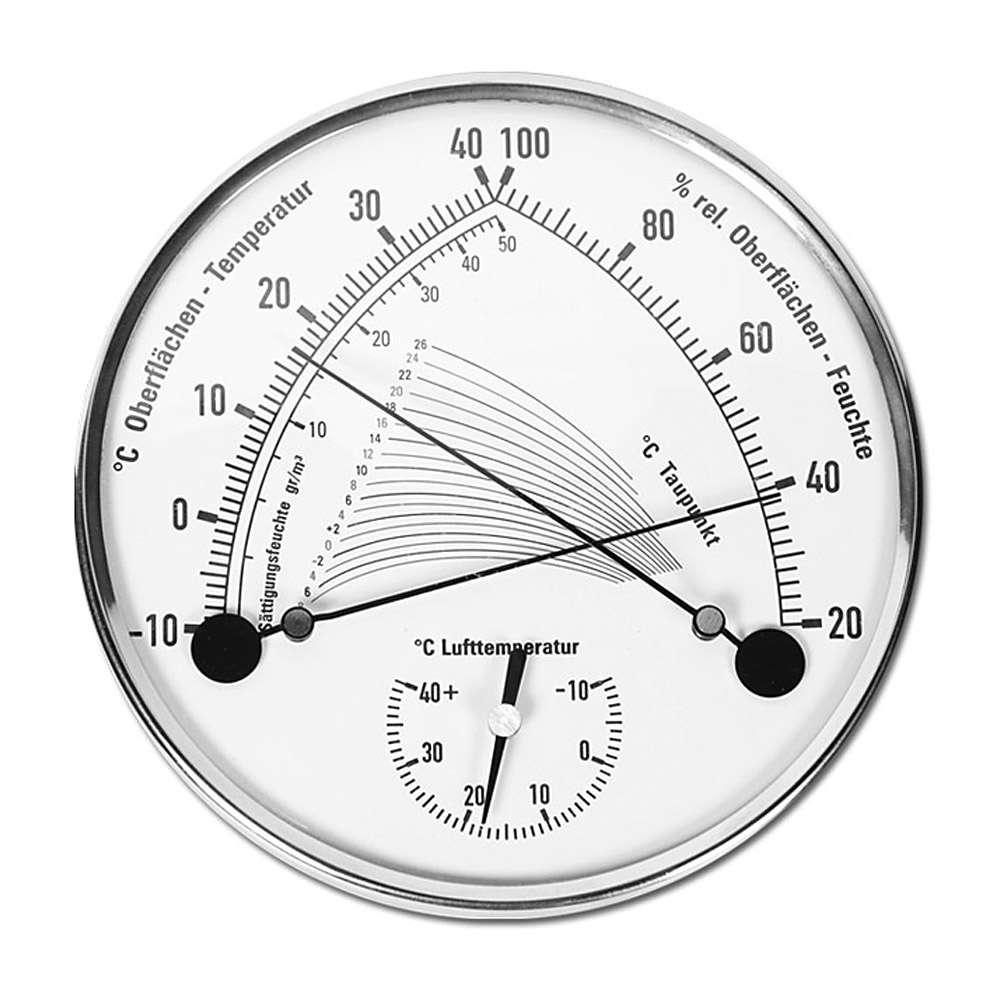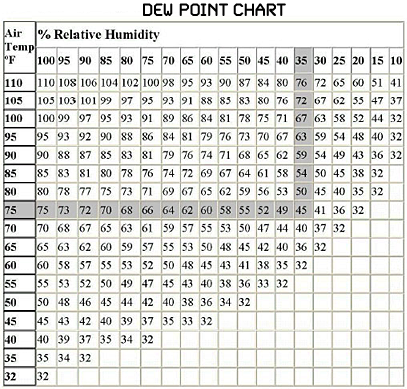

For carburizing applications, some heat treaters prefer to run generators in the range of -1.1 ± 0.2˚C (+30 ± 1☏). Today, most generators run a dew point (Table 2) in the range of +4.5 ± 0.2˚C (+40 ± 2˚F ) to minimize maintenance concerns (e.g.
ATOMATIC DEW POINT MEASURE DEVICE GENERATOR
In some generator designs air/gas ratios have been known to run as low as 2.0:1 for natural gas. The use of a refractory catalyst often suggests a smaller-diameter retort to assure both proper heat distribution throughout the catalyst bed and adequate dwell time at temperature for complete dissociation.Ī mixing pump and (optional) carburetor control the air/gas ratio of an endothermic gas generator in the range of 2.5:1 to 3.5:1 for natural gas (Fig. Smaller-sized cubes, 17.5 mm (11/16 inch) and spheres of 19 mm (3/4 inch) diameter, have also been used, but the pressure drop through the catalyst bed must be monitored due to increased packing density. In larger-diameter designs, either the inlet pipe runs down through the center of the retort (to preheat the gas) or the space is occupied by a closed-ended pipe, typically 50-75 mm (2-3 inches) in diameter to avoid issues with a cold center in the catalyst bed.įor economic reasons only, manufacturers have gone away from supplying pure nickel shot as a catalyst and today utilize insulating firebrick catalyst cubes typically 25 mm (1 inch) in size coated with 3-7% nickel sulfate (NiSO 4). Retorts in most industrial generators are either thin and tall or thick and short. In some instances, retorts are fabricated from Inconel 600® (preferred alloy choice) or made of silicon carbide. The retort for an endothermic gas generator is typically a cast alloy – HU (38% Ni, 18% Cr) and HK (20% Ni, 25% Cr) are common. Thermocouples (control, over-temperature, recording) and control instrumentation.

Burnoff vent to combust excess gas produced.Fire check valve to prevent backfire in the fuel supply line.Cooler to “freeze” the reaction and prevent soot formation.Pump to pass the air-gas mixture through the retort.Air-gas proportioning control components.The main components of an endothermic generator The reaction requires heat to proceed (hence the name endothermic), and, as such, these generators typically have heated combustion chambers.Įndothermic gas generators are common equipment in the heat-treat shop. The products of combustion of a fuel (e.g., natural gas) and air are combined at air/gas ratios typically between 2.5:1 and 3.5:1 to create the atmosphere. They are available in single-retort (Fig. After the passage of the air-gas mixture over the catalyst, the reaction is “frozen” by chilling the gas rapidly to around 315☌ (600☏) in either an air-cooled or water-cooled heat exchanger.Įndothermic gas generators consist of several basic components: a gas mixer, burner, combustion chamber and heat exchanger. The now-available nickel attracts new methane to continue the reaction (cracking) process. The hydrogen atoms combine to form H 2 and are released from the nickel attraction. The carbon atoms combine with the oxygen atoms to form carbon monoxide (CO). The oxygen molecules approach and are attracted to the carbon atoms. The nickel (Ni) attracts the hydrogen atoms of the methane, which attaches to the catalyst. The endothermic gas composition (Table 1),īy volume, varies depending on the type of hydrocarbon gas feedstock.


 0 kommentar(er)
0 kommentar(er)
